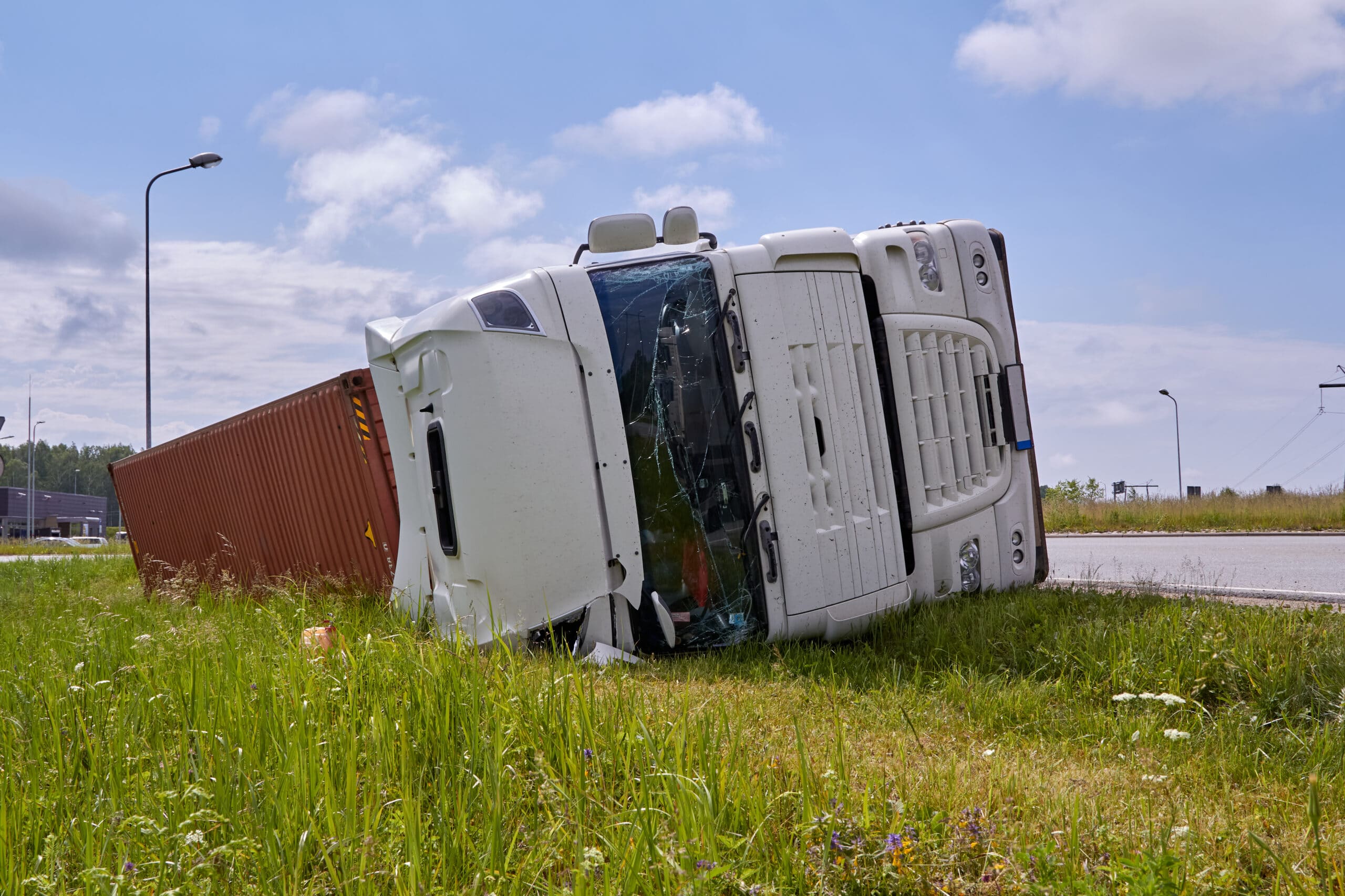Legal Help Seeking Compensation in a Hit-and-Run Accident
Hit-and-run accidents have become a growing concern across New York City, with serious consequences for innocent victims. According to the New York City Police Department (NYPD), there were over 36,000 hit-and-run incidents involving property damage and approximately 5,000 involving injury or death reported in a recent year. These numbers highlight the unsettling reality that hit-and-run incidents are not isolated events—they are escalating public safety issues.
For victims, the aftermath of a hit-and-run accident is devastating. Beyond the immediate physical injuries, victims often experience emotional trauma, financial instability due to medical bills, and frustration over the seeming injustice when the responsible driver is not found. Securing compensation can be an uphill battle, but several legal pathways exist to help victims recover and move forward.
Immediate Steps After a Hit-and-Run Accident
Taking the right steps immediately after a hit-and-run accident can make a significant difference in protecting a victim’s rights and improving their chances of obtaining compensation. First and foremost, victims should contact law enforcement as soon as possible. A timely police report provides critical documentation that insurance companies and courts will later rely upon.
Under New York Vehicle and Traffic Law § 600, drivers involved in any accident resulting in property damage or personal injury are legally required to stop, exchange information, and report the accident to authorities. A driver who flees the scene commits a criminal offense, and failure to promptly report the incident can hinder both criminal prosecution and civil recovery efforts.
Important actions victims should take after a hit-and-run accident include:
- Call 911: Immediate reporting to police is crucial for documenting the accident and initiating an investigation.
- Gather Evidence: If possible, collect photos, witness statements, and any details about the fleeing vehicle (make, model, color, license plate).
- Seek Medical Attention: A doctor should evaluate your physical condition to create a medical record linking injuries to the accident, even when symptoms are minor.
- Notify Your Insurance Company: Timely notification is often a requirement under insurance policies for hit-and-run claims.
- Consult an Attorney: Early legal advice ensures that victims understand their rights and preserve critical evidence.
Prompt action protects victims’ interests and lays the groundwork for recovering damages, whether through insurance claims or legal proceedings.
No-Fault Insurance and Initial Medical Coverage
New York’s no-fault insurance system provides important protections for car accident victims, including those injured in hit-and-run accidents. Under Insurance Law § 5101 et seq., no-fault insurance (also known as Personal Injury Protection or PIP) covers up to $50,000 in necessary medical expenses, lost wages, and certain other reasonable and necessary costs, regardless of who was at fault.
No-fault benefits are available to drivers, passengers, cyclists, and pedestrians injured in motor vehicle accidents in New York. Victims do not need to prove fault to receive these benefits, which can be a lifeline when the responsible driver is unknown or uninsured.
Key aspects of New York’s no-fault insurance system include:
- Medical Expenses: Covers necessary medical treatments, including hospital care, rehabilitation, and medications.
- Lost Wages: Provides up to 80% of lost earnings, subject to policy limits and caps.
- Transportation Costs: Reimbursement of reasonable expenses related to medical appointments.
- Household Services: Covers costs for necessary household assistance if injuries prevent the victim from performing daily tasks.
- Death Benefits: Provides limited death benefits to surviving family members in fatal accident cases.
Victims must file a no-fault application (Form NF-2) with their insurer within 30 days of the accident to preserve their right to benefits.
Uninsured Motorist (UM) Coverage Claims
When the identity of the hit-and-run driver remains unknown, victims can turn to their insurance policies for help through uninsured motorist (UM) coverage. UM coverage is mandatory in New York and provides compensation for bodily injuries caused by an uninsured driver or an unidentified hit-and-run motorist.
Filing a UM claim requires careful adherence to deadlines and documentation requirements. Missing critical steps can result in denial of the claim.
Important facts about UM coverage for hit-and-run victims include:
- Mandatory Coverage: New York requires all auto insurance policies to include UM coverage for bodily injury.
- Filing Deadlines: Victims must typically notify their insurance company of a UM claim within 90 days of the accident.
- Proof of Contact: For pedestrian or cyclist victims, physical contact with the vehicle is often required to qualify for UM benefits.
- Arbitration Process: Disputes over UM claims may be resolved through arbitration rather than traditional court litigation.
- Supplemental UM (SUM) Coverage: Some policies offer higher limits than the statutory minimum, providing greater protection.
UM claims can be complex, and working with an experienced attorney can help ensure that victims recover the full compensation to which they are entitled.
Pursuing a Civil Lawsuit
In cases where the hit-and-run driver is identified, victims may pursue a civil lawsuit for damages. Legal claims may be filed for personal injury, property damage, and, in certain egregious cases, punitive damages aimed at punishing the driver’s reckless behavior.
Civil lawsuits allow victims to seek compensation for a range of losses, including:
- Medical Expenses: Past and future costs of treating accident-related injuries.
- Pain and Suffering: Compensation for physical and emotional distress caused by the accident.
- Lost Income: Recovery for wages lost due to injury, as well as diminished future earning capacity.
- Property Damage: Costs to repair or replace damaged vehicles and personal property.
- Punitive Damages: Additional monetary awards designed to deter particularly reckless conduct.
Victims should be aware of the statute of limitations for personal injury claims under New York Civil Practice Law and Rules (CPLR) § 214, which is generally three years from the date of the accident. Missing this deadline can permanently bar recovery, making timely action essential.
When Law Enforcement Locates the Driver
When law enforcement successfully identifies and apprehends the hit-and-run driver, victims have additional legal options. Criminal charges may be filed against the driver, and victims have specific rights during the criminal proceedings.
Victims’ rights and remedies when a driver is located include:
- Participation in Criminal Proceedings: Victims have the right to be informed about and attend court hearings.
- Victim Impact Statements: Courts often allow victims to provide written or oral statements describing the impact of the accident.
- Restitution Orders: Judges may order convicted drivers to pay restitution covering medical expenses, lost wages, and other financial losses.
- Civil Action Coordination: Civil lawsuits for damages can proceed independently of or concurrently with criminal cases.
- Enhanced Negotiation Leverage: A criminal conviction can strengthen a victim’s position in settlement negotiations.
Coordinating efforts between the criminal and civil justice systems can maximize a victim’s ability to achieve full and fair compensation.
Turn to Rolo Law for Compassionate Advocacy After a Hit-and-Run
Hit-and-run accidents leave victims facing physical pain, emotional distress, and financial uncertainty. At Rolo Law, we are committed to helping victims with the complicated legal issues of their recovery with skill, compassion, and dedication. Whether pursuing no-fault benefits, uninsured motorist claims, or civil lawsuits, our experienced attorneys are ready to fight for the compensation you deserve.
Call Rolo Law today at 845-668-4774 to schedule a consultation and take the first step toward justice and healing.




